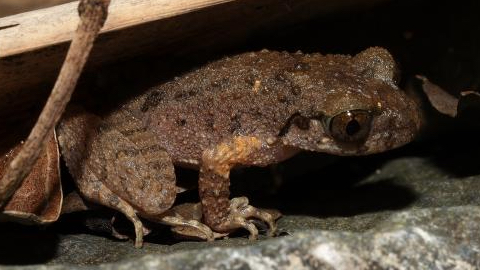Imagine a plant nicknamed \"wolf poison\" 🌿🐺, growing high up in the mountains of southwest China's Sichuan Province. Sounds like something out of a fantasy novel, right? Well, this isn't the latest plot twist in your favorite series, but a real-life wonder from the Chaqingsongduo National Nature Reserve.
The Chinese stellera, known locally as the \"wolf poison plant\" due to its potent coumarin content, has been a guardian of secrets for over a millennium. But here's the plot twist: despite its toxic reputation, this plant is a treasured resource for the Tibetan communities living in the Garze Tibetan Autonomous Prefecture.
So what's the magic? ✨ The rhizome of the Chinese stellera is rich in bast fibers, making it the perfect ingredient for traditional papermaking. For over 1,000 years, Tibetans have been transforming this seemingly dangerous plant into durable, high-quality paper. 📜✍️
This age-old technique isn't just about making paper; it's a living tradition that connects generations, preserving culture and history one sheet at a time. The stellera paper has been used for sacred texts, art, and everyday writings, playing a vital role in Tibetan life.
In a world where digital screens dominate, it's pretty inspiring to see how a community turns a \"dangerous\" plant into a cornerstone of their heritage. Talk about turning poison into a potion! 🧪❤️
If you're ever seeking an adventure off the beaten path, consider exploring the Chaqingsongduo National Nature Reserve. Who knows? You might just stumble upon the secrets of the \"wolf poison plant\" yourself.
Reference(s):
cgtn.com



